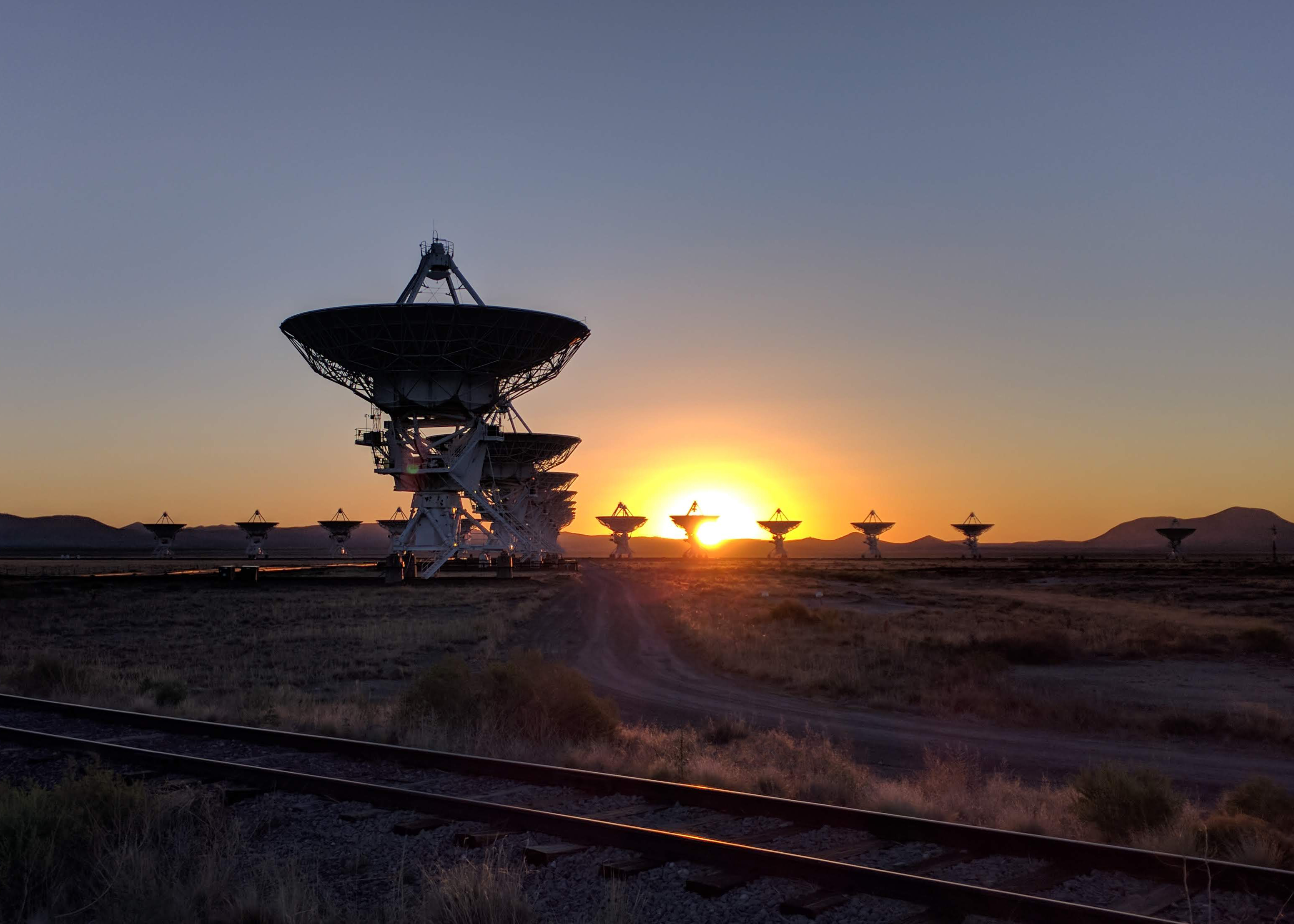Why Does the Length of the Day Change More Quickly at the Equinoxes Than it Does at the Solstices?

Question:
I have noticed that the length of daylight changes more quickly from day to day around the vernal and autumnal equinoxes than it does around the summer and winter solstices. For example, the sunset time “sticks” at 4:34 pm from about Nov. 30th through about Dec. 14th, and the sunrise time only changes by a few minutes in Dec. and early January. The same phenomenon occurs in the summer: the sunset time “sticks” between 8:30 pm and 8:32 pm from about June 17th through July 4th. Also, the sunrise time does not change by very many minutes from day to day around the summer solstice.
But around the first day of spring and the first day of fall, the sunrise and sunset times change more rapidly from one day to the next.
I have always wondered why these things occur? Please explain if you have an answer. I am curious. I live in Denver, CO (at about 39.5 degrees north latitude).
Answer:
Since the Earth’s rotational axis is tilted by about 23.5 degrees relative to its orbital plane, the path of the Sun through the daytime sky goes from nearly perpendicular and directly overhead near the Equinoxes to far from perpendicular and far from overhead during the Solstices as the Earth orbits the Sun. The path of the Sun through the sky is defined by a somewhat complex combination of trigonometric functions (sine, cosine, and tangent) of several things including your latitude. That function experiences its largest change near the Equinoxes and its smallest change near the Solstices. You can visualize this effect by watching how much the angle of sunrise changes during each period. During the Equinoxes it will change more rapidly than it does during the Solstices.





